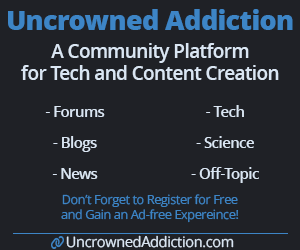
Pemmican is a traditional food with a rich history, particularly among the Indigenous peoples of North America. Its origins are deeply intertwined with the lifestyles and survival strategies of various Native American tribes. Check out our Pemmican Recipe here.
Origins and Traditional Use
- Indigenous Innovation: Pemmican was developed by Indigenous peoples of North America, primarily among the Cree, Assiniboine, and Sioux of the Great Plains region. This innovation was crucial for survival in harsh climates and during long hunts or travels.
- Composition and Preparation: Traditionally, pemmican was made from lean game meat such as bison, moose, elk, or deer. The meat was cut into thin slices, dried in the sun or over a low fire, and then pounded into a fine powder. Animal fat, usually rendered bison fat, was melted and mixed with the meat powder. Sometimes, dried berries like chokeberries, blueberries, or saskatoon berries were added for flavor and additional nutrients.
- Nutritional Value: Pemmican is rich in protein, fat, and calories, making it an ideal high-energy food. Its balance of nutrients was essential for Indigenous peoples, especially during winter months or on long journeys.
European Contact and the Fur Trade Era
- Adoption by Europeans: The introduction of pemmican to European fur traders and explorers was a pivotal moment. It became a staple for explorers like Alexander Mackenzie and David Thompson on their extensive journeys.
- Role in the Fur Trade: Pemmican was not just a food item but a commodity in the fur trade. Forts and trading posts often had large stores of pemmican, and it was used as a trade good with Indigenous trappers and traders.
The Pemmican Wars and Its Aftermath
- Economic and Political Conflict: The Pemmican War (1814-1821) was a series of confrontations primarily between the North West Company and the Hudson's Bay Company. The conflict arose over control of the pemmican trade and supply, which was critical for the fur trade.
- Métis Involvement: The Métis, known for their pemmican production, were significantly impacted. They played a central role in the conflict, as their way of life was closely tied to pemmican production and trade.
- Impact on Bison: The demand for pemmican led to intensive hunting of bison, contributing to the near extinction of the bison herds in the late 19th century. This had devastating effects on the Plains Indigenous cultures, whose lives and culture were deeply intertwined with the bison.
Cultural and Historical Significance
- Cultural Identity: For Indigenous peoples, pemmican was more than a food source; it was a symbol of resilience and adaptation. Its preparation and use were embedded in cultural practices and traditions.
- Historical Documentation: Historical records, including journals of explorers and fur traders, provide insights into the importance of pemmican in early North American exploration and trade.
Modern Revival and Legacy
- Contemporary Interest: In recent years, there has been a revival of interest in traditional foods like pemmican, both within Indigenous communities as a way to reconnect with cultural heritage and among non-Indigenous people interested in sustainable and nutritious food sources.
- Educational and Cultural Programs: Various educational initiatives and cultural programs have been developed to teach the traditional methods of making pemmican, emphasizing its historical and cultural importance.
Conclusion
The history of pemmican is a complex tapestry woven through the survival strategies of Indigenous peoples, the dynamics of European colonization and trade, and the changing landscapes of North American societies. Its story is emblematic of resilience, cultural exchange, and adaptation, highlighting the interplay between human societies and the natural world.





